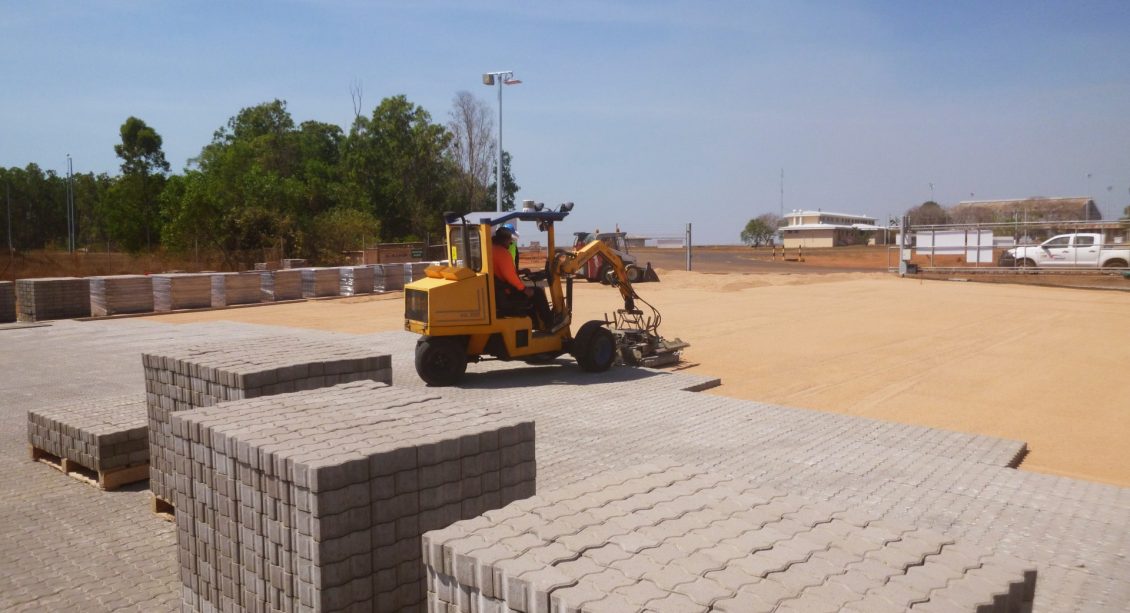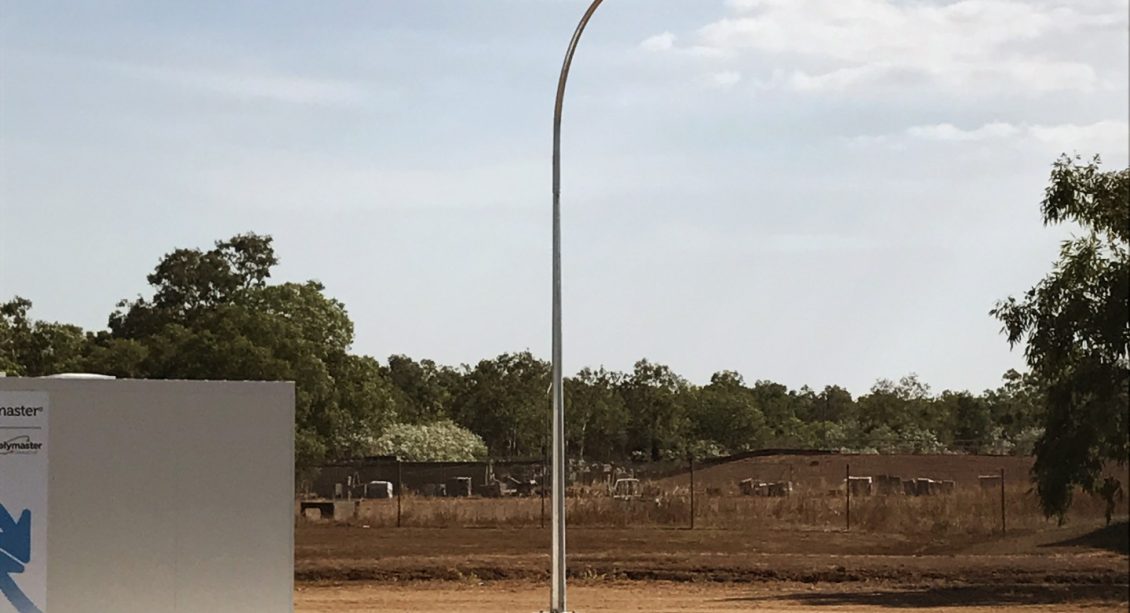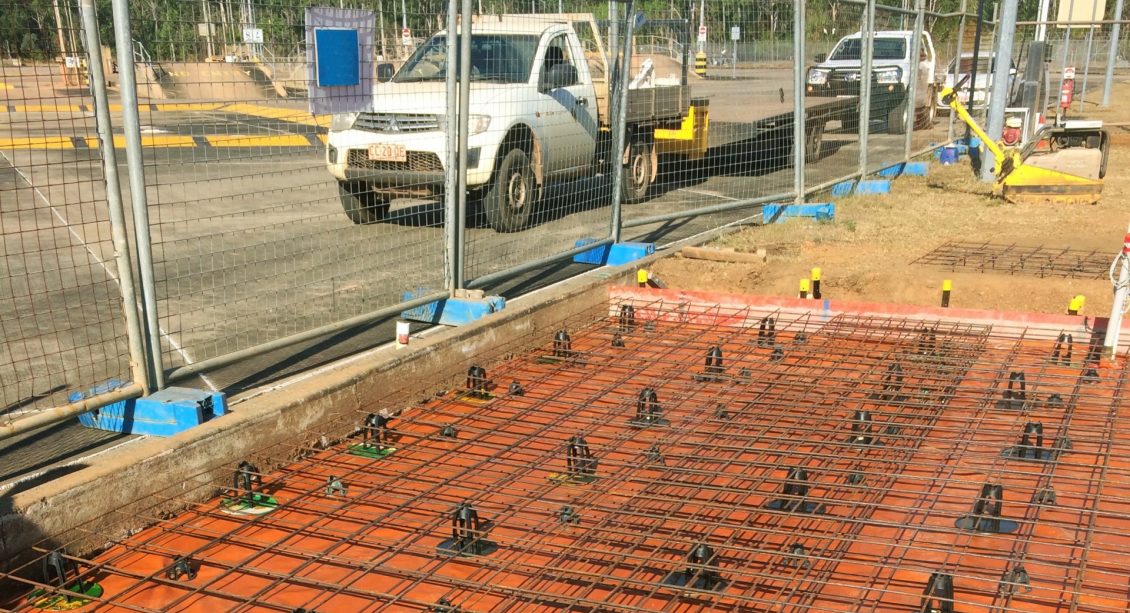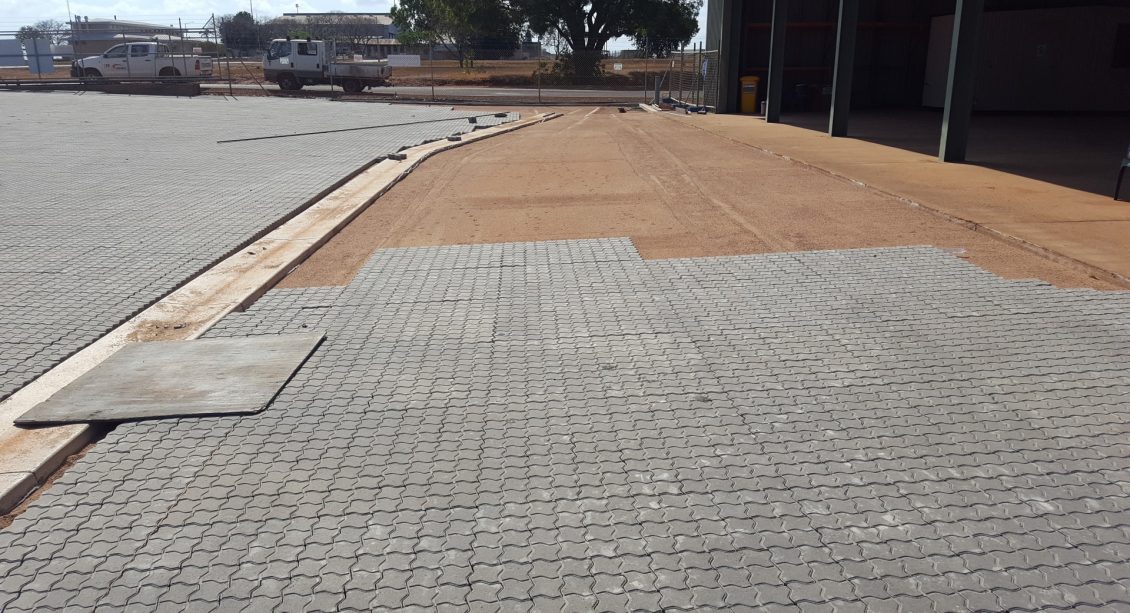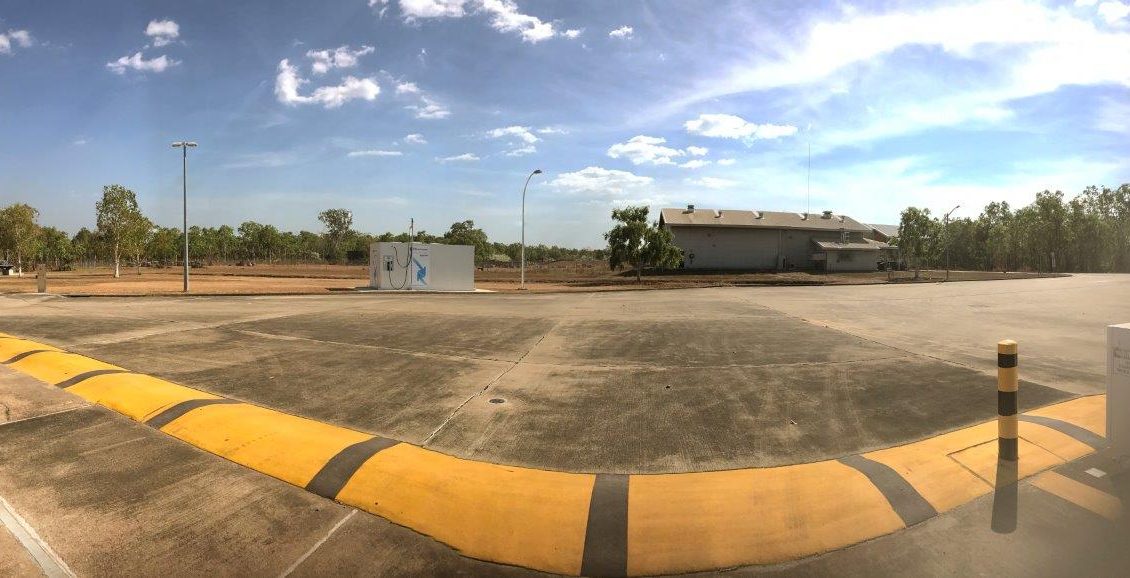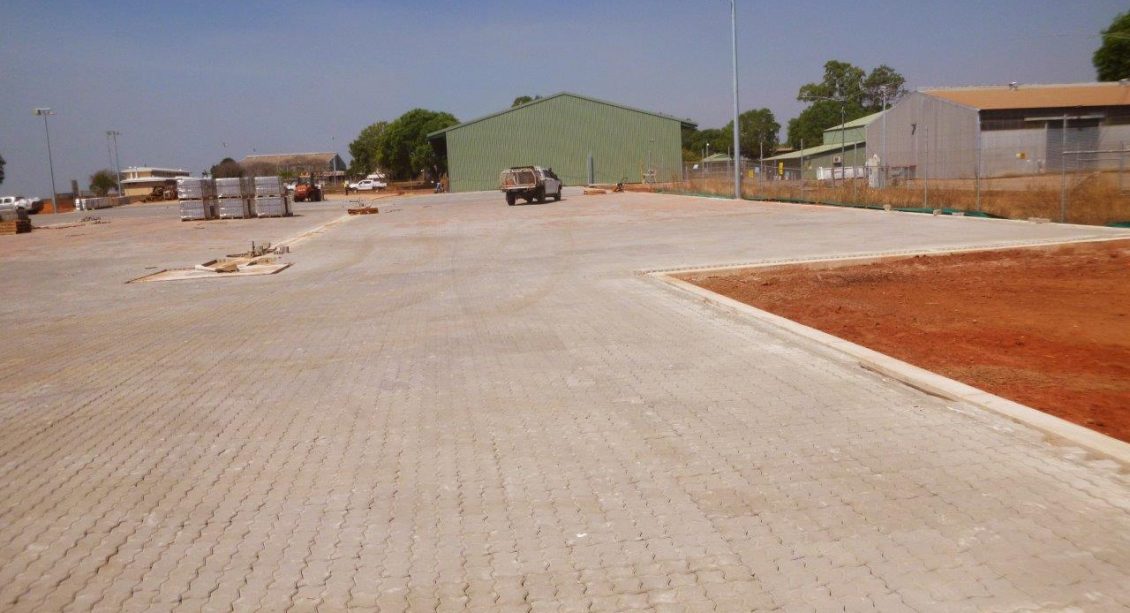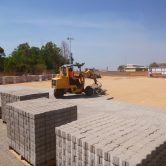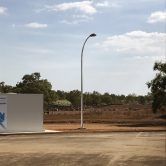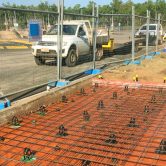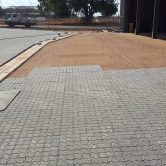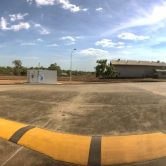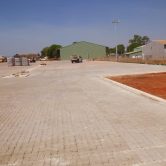Project Overview
LAND 121 is a multi-phased national Australian Defence Force project to deliver current-generation, high-capability field vehicles, modules and trailers. Approximately 7,500 protected and unprotected vehicles to provide Defence with battlefield mobility, logistics support and tactical training will be procured during the project.
LAND 121 Unit Sustainment Facilities project will support the delivery of vehicles by providing new and upgraded facilities at nine Defence establishments nationally. These facilities will improve the maintenance, support and ongoing sustainment of the new vehicle capability.
Scope of Work
McMahon Services were engaged by Managing Contractor Lend Lease to undertake LAND 121 works at Robertson Barracks and RAAF Base Darwin, in the Northern Territory. Scope included the demolition of existing buildings, structures and services, bulk earthworks, pavement works, stormwater drainage, and the installation of utility services to support future buildings. Other works included centralised vehicle facilities upgrades at Robertson Barracks with the installation of a new weighbridge facility and an AdBlue dispensing facility (which converts atmospheric polluting nitrogen oxides into harmless nitrogen and water steam), and a new hardstand storage area at RAAF Base Darwin.
Weighbridge and AdBlue tank works at Robertson Barracks included the demolition of existing infrastructure including the existing loading ramp and approaches, lighting upgrades, electrical switchboard upgrades, all associated electrical works including trenching, backfill and compaction of conduits, under boring for conduits, and service installation.
The 5300m² hardstand storage works at RAAF Base Darwin included demolition of existing infrastructure, asbestos remediation, stormwater upgrades, subsoil drainage, kerbing, spray seal, mechanical laying of concrete interlocking pavers, lighting works, electrical switchboard upgrade works including trenching, conduit and cable installation, and landscaping. The concrete interlocking pavement works were completed using a mechanical paving machine which increased efficiencies in labour and project delivery time.
A hazmat decontamination unit was set up in the early stages of the works while asbestos remediation was underway. All asbestos containing materials were removed by fully trained Class A qualified technicians and disposed of at an approved Environmental Protection Agency (EPA) receiving site.
Across both sites, 960t of asbestos containing materials, 2,500m³ of contaminated soils, 240t of concrete and 13t of steel were remediated, and were applicable, recycled off site. Over 14,500m³ of earthworks, 5,600m² of pavement works, 285m³ of concrete works, 170m of electrical conduits and 1700m² of landscaping works were completed.
Project Challenges
Restricted Plant Movements
A key challenge on the site was restricted access and the potential for personnel, plant and equipment congestion. To mitigate traffic management risks, pedestrian walkways with signage were established prior to the commencement of major works. Each light vehicle associated with the project was designated with a parking bay on an offsite, adjacent location so they would never need to enter the site. On site plant and equipment movements were identified at daily pre-start meetings. A strong focus on traffic management ensured minimal impacts to the overall program of works.
Environmental
Dust Management
Works were undertaken during the dry season so McMahon Services was faced with the challenge of both conserving water while minimising airborne dust creation during the works. To achieve this, site egress points were constantly washed back onto site to prevent dust creation by passing vehicular traffic. Sediment control fences were deployed around the project perimeter for dust containment. Water trucks to wet down the site when other methods were proving to be inefficient.
Delivery Performance
All project personnel, subcontractors and suppliers were source from the local Darwin area. Indigenous participation for the project was 15%, with Indigenous supervision and labour utilised on the weighbridge portion of the works. A plumbing subcontractor was selected because they employed an Indigenous plumbing apprentice onsite for the full duration of their works.
Plant and equipment utilised included three excavators, one grader, 15t and 3t rollers, two skidsteer loaders, one water truck, two prime movers, on hook bin lift truck, two semi tippers, a 25t Franna crane and the mechanical paving machine.
All works were completed without incurring any health, safety or environmental incidents. Works were completed on time and under budget.

